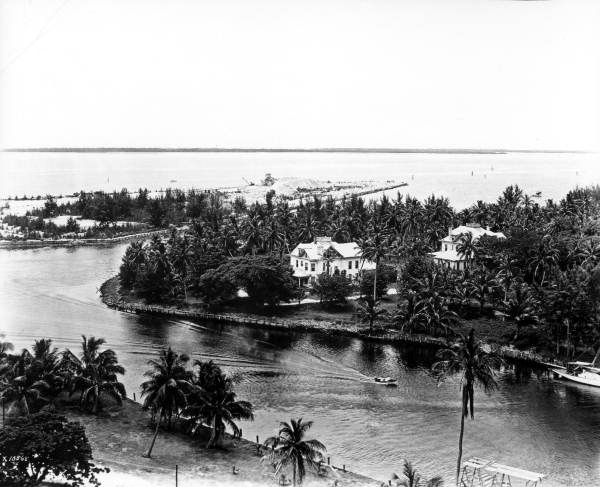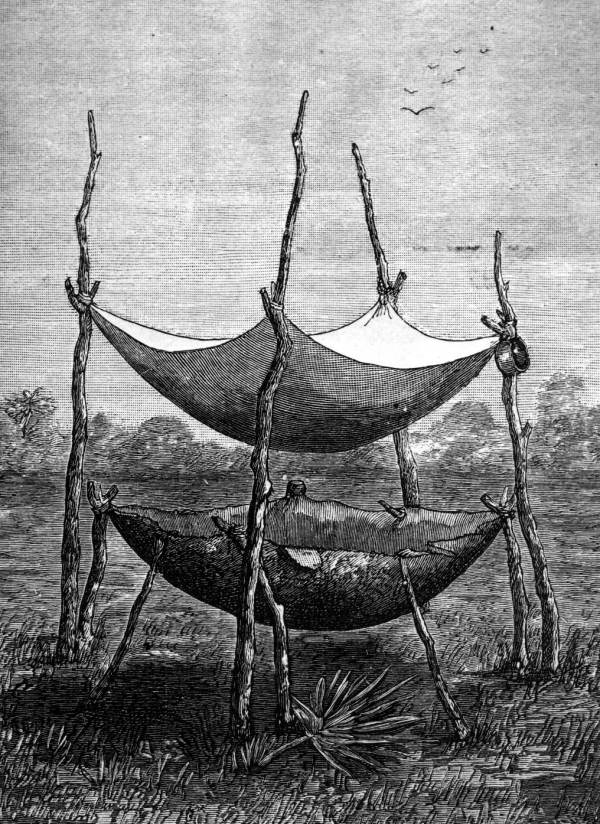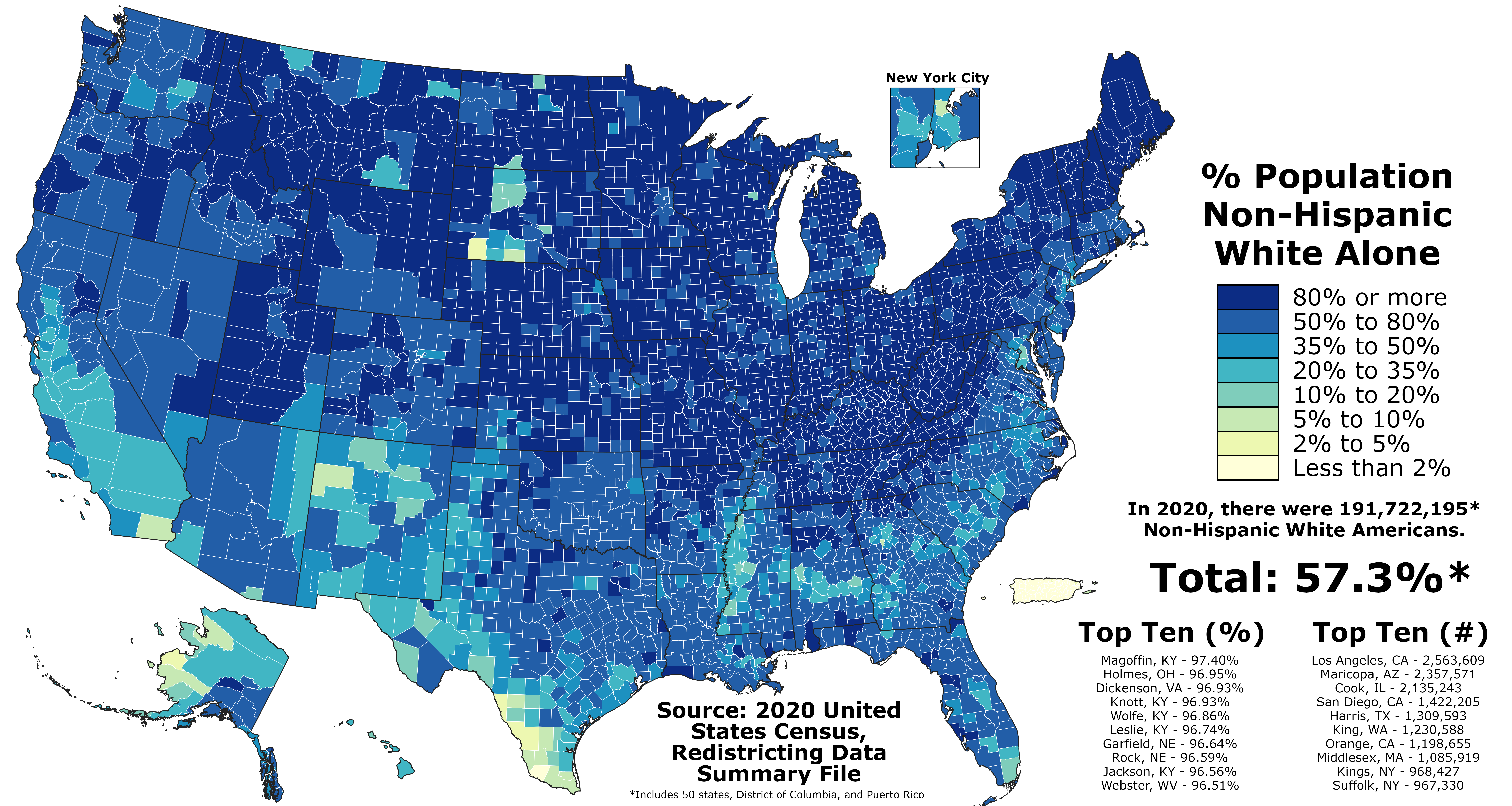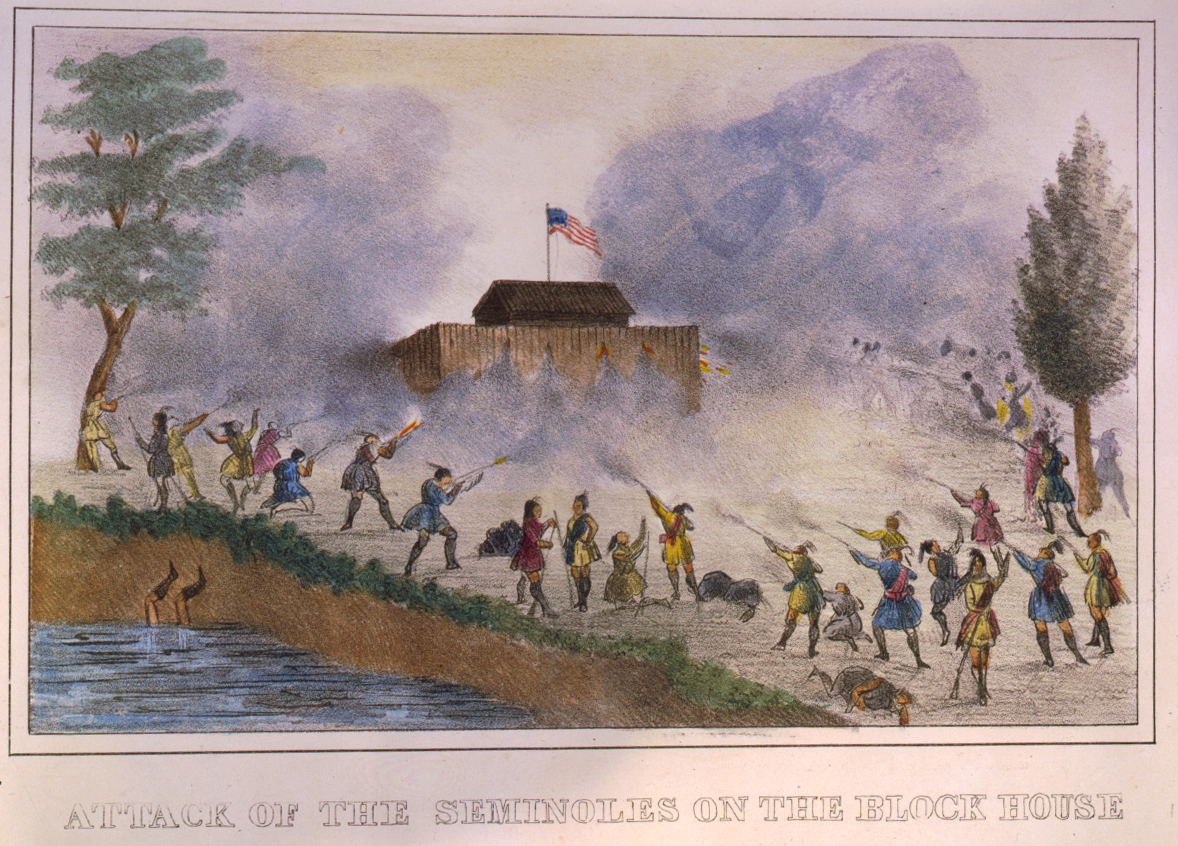|
Cape Florida Light
The Cape Florida Light is a lighthouse on Cape florida, Cape Florida at the south end of Key Biscayne in Miami-Dade County, Florida. Constructed in 1825, it guided mariners off the Florida Reef, which starts near Key Biscayne and extends southward a few miles offshore of the Florida Keys. It was operated by staff, with interruptions, until 1878, when it was replaced by the Fowey Rocks lighthouse. The lighthouse was put back into use in 1978 by the U.S. Coast Guard to mark the Florida Channel, the deepest natural channel into Biscayne Bay. They decommissioned it in 1990. Within the Bill Baggs Cape Florida State Park since 1966, the lighthouse was relit in 1996. It is owned and operated by the Florida Department of Environmental Protection. History Saltwater Railroad Before the Lighthouse was built, the Cape Florida Light was one of the places where Slavery, slaves and Black Seminoles boarded ships for the Bahamas. This was known as the Saltwater Railroad a migration that began ... [...More Info...] [...Related Items...] OR: [Wikipedia] [Google] [Baidu] |
Key Biscayne
Key Biscayne ( es, Cayo Vizcaíno, link=no) is an island located in Miami-Dade County, Florida, located between the Atlantic Ocean and Biscayne Bay. It is the southernmost of the barrier islands along the Atlantic coast of Florida, and lies south of Miami Beach and southeast of Miami. The key is connected to Miami via the Rickenbacker Causeway, originally built in 1947. The northern portion of Key Biscayne is home to Crandon Park, a county park. The middle section of the island consists of the incorporated Village of Key Biscayne. The southern part of the island is now protected as Bill Baggs Cape Florida State Park, adjacent to Biscayne National Park, one of the two national parks in Miami-Dade County. Geography Key Biscayne, although named a "key", is not geologically part of the Florida Keys, but is a barrier island composed of sand eroded from the Appalachian Mountains, carried to the coast by rivers and then moved along the coast from the north by coastal currents. ... [...More Info...] [...Related Items...] OR: [Wikipedia] [Google] [Baidu] |
Adams–Onís Treaty
The Adams–Onís Treaty () of 1819, also known as the Transcontinental Treaty, the Florida Purchase Treaty, or the Florida Treaty,Weeks, p.168. was a treaty between the United States and Spain in 1819 that ceded Florida to the U.S. and defined the boundary between the U.S. and New Spain. It settled a standing border dispute between the two countries and was considered a triumph of American diplomacy. It came in the midst of increasing tensions related to Spain's territorial boundaries in North America against the United States and the United Kingdom in the aftermath of the American Revolution; it also came during the Latin American wars of independence. Florida had become a burden to Spain, which could not afford to send settlers or garrisons, so the Spanish government decided to cede the territory to the United States in exchange for settling the boundary dispute along the Sabine River in Spanish Texas. The treaty established the boundary of U.S. territory and claims thro ... [...More Info...] [...Related Items...] OR: [Wikipedia] [Google] [Baidu] |
Key West, Florida
Key West ( es, Cayo Hueso) is an island in the Straits of Florida, within the U.S. state of Florida. Together with all or parts of the separate islands of Sigsbee Park, Dredgers Key, Fleming Key, Sunset Key, and the northern part of Stock Island, Florida, Stock Island, it constitutes the City of Key West. The Island of Key West is about long and wide, with a total land area of . It lies at the southernmost end of U.S. Route 1, the longest north–south road in the United States. Key West is about north of Cuba at their closest points. It is also southwest of Miami by air, about by road, and north-northeast of Havana. The City of Key West is the county seat of Monroe County, Florida, Monroe County, which includes a majority of the Florida Keys and part of the Everglades. The total land area of the city is . The official city motto is "One Human Family". Key West is the southernmost city in the contiguous United States and the westernmost island connected by highway in th ... [...More Info...] [...Related Items...] OR: [Wikipedia] [Google] [Baidu] |
Miami River (Florida)
The Miami River is a river in the United States state of Florida that drains out of the Everglades and runs through the city of Miami, including Downtown. The long river flows from the terminus of the Miami Canal at Miami International Airport to Biscayne Bay. It was originally a natural river inhabited at its mouth by the Tequesta Indians, but it was dredged and is now polluted throughout its route through Miami-Dade County. The mouth of the river is home to the Port of Miami and many other businesses whose pressure to maintain it has helped to improve the river's condition. Etymology Although it is widely believed that the name is derived from a Native American word that means "sweet water," the earliest mention of the name comes from Hernando de Escalante Fontaneda, a captive of Indians in southern Florida for 17 years, when he referred to what is now Lake Okeechobee as the "Lake of Mayaimi, which is called Mayaimi because it is very large". The Mayaimi people were n ... [...More Info...] [...Related Items...] OR: [Wikipedia] [Google] [Baidu] |
Fort Lauderdale, Florida
Fort Lauderdale () is a coastal city located in the U.S. state of Florida, north of Miami along the Atlantic Ocean. It is the county seat of and largest city in Broward County, Florida, Broward County with a population of 182,760 at the 2020 United States census, 2020 census, making it the tenth largest city in Florida. Along with Miami and Pompano Beach, Florida, Pompano Beach, Fort Lauderdale is one of the three principal cities that comprise the Miami metropolitan area, which had a population of 6,166,488 in 2019. Built in 1838 and first incorporated in 1911, Fort Lauderdale is named after a series of forts built by the United States during the Second Seminole War. The forts took their name from Major William Lauderdale (1782–1838), younger brother of Lieutenant Colonel James Lauderdale. Development of the city did not begin until 50 years after the forts were abandoned at the end of the conflict. Three forts named "Fort Lauderdale" were constructed including the first at the ... [...More Info...] [...Related Items...] OR: [Wikipedia] [Google] [Baidu] |
New River (Broward County, Florida)
The New River is a tidal estuary in South Florida, United States. Despite its name, it is not a river, but a channel composed of many tributary canals, The channel is connected to the Everglades through a series of man-made canals. After passing through Fort Lauderdale, the channel connects to the Intracoastal Waterway and Atlantic Ocean at Port Everglades cut. The channel is entirely within Broward County and is composed from the junction of three main canals which originate in the Everglades, splitting off from the Miami Canal. They are the North New River Canal, which flows south from Lake Okeechobee along the east side of U.S. 27 and then east along the north side of State Road 84 / Interstate 595; the South New River Canal, which flows east from the Miami Canal along the north side of Griffin Road and the south side of Orange Drive; and a canal which flows east along the south side of Sunrise Boulevard. Origin of name According to a legend attributed in 1940 to the ... [...More Info...] [...Related Items...] OR: [Wikipedia] [Google] [Baidu] |
Coontie
''Zamia integrifolia'', also known as coontie palm is a small, tough, woody cycad native to the southeastern United States (in Florida and Georgia), the Bahamas, Cuba, and the Cayman Islands. Description ''Zamia integrifolia'' produces reddish seed cones with a distinct acuminate tip. The leaves are 20–100 cm long, with 5-30 pairs of leaflets (pinnae). Each leaflet is linear to lanceolate or oblong-obovate, 8–25 cm long and 0.5–2 cm broad, entire or with indistinct teeth at the tip. They are often revolute, with prickly petioles. It is similar in many respects to the closely related '' Zamia pumila'', but that species differs in the more obvious toothing on the leaflets. This is a low-growing plant, with a trunk that grows to 3–25 cm high, but is often subterranean. Over time, it forms a multi-branched cluster, with a large, tuberous root system, which is actually an extension of the above-ground stems. The leaves can be completely lost during cold ... [...More Info...] [...Related Items...] OR: [Wikipedia] [Google] [Baidu] |
William Cooley
William Cooley (1783–1863) was one of the first American settlers, and a regional leader, in what is now known as Broward County in the state of Florida. His family was killed by Seminoles in 1836, during the Second Seminole War. The attack, known as the "New River Massacre", caused immediate abandonment of the area by whites. Cooley was born in Maryland, but little else is known about his life prior to 1813, when he arrived in East Florida, a province of Spanish Florida, as part of a military expedition. He established himself as a farmer in the northern part of the province before moving south, where he traded with local Indians and continued to farm. During the period in which the region was transferred from Spanish to U.S. governance, he sided with natives in a land dispute against a merchant who had received a large grant from the King of Spain and was evicting the Indians from their lands. Unhappy with the actions of the Spanish, he moved to the New River area in 1826 ... [...More Info...] [...Related Items...] OR: [Wikipedia] [Google] [Baidu] |
European-American
European Americans (also referred to as Euro-Americans) are Americans of European ancestry. This term includes people who are descended from the first European settlers in the United States as well as people who are descended from more recent European arrivals. European Americans have been the largest panethnic group in the United States since about the 17th century. The Spaniards are thought to be the first Europeans to establish a continuous presence in what is now the contiguous United States, with Martín de Argüelles ( 1566) in St. Augustine, then a part of Spanish Florida, and the Russians were the first Europeans to settle in Alaska, establishing Russian America. The first English child born in the Americas was Virginia Dare, born August 18, 1587. She was born in Roanoke Colony, located in present-day North Carolina, which was the first attempt, made by Queen Elizabeth I, to establish a permanent English settlement in North America. In the 2016 American Community ... [...More Info...] [...Related Items...] OR: [Wikipedia] [Google] [Baidu] |
Seminole
The Seminole are a Native American people who developed in Florida in the 18th century. Today, they live in Oklahoma and Florida, and comprise three federally recognized tribes: the Seminole Nation of Oklahoma, the Seminole Tribe of Florida, and the Miccosukee Tribe of Indians of Florida, as well as independent groups. The Seminole people emerged in a process of ethnogenesis from various Native American groups who settled in Spanish Florida beginning in the early 1700s, most significantly northern Muscogee Creeks from what is now Georgia and Alabama. The word "Seminole" is derived from the Muscogee word ''simanó-li''. This may have been adapted from the Spanish word ''cimarrón'', meaning "runaway" or "wild one". Seminole culture is largely derived from that of the Creek; the most important ceremony is the Green Corn Dance; other notable traditions include use of the black drink and ritual tobacco. As the Seminole adapted to Florida environs, they developed local tradi ... [...More Info...] [...Related Items...] OR: [Wikipedia] [Google] [Baidu] |
Second Seminole War
The Second Seminole War, also known as the Florida War, was a conflict from 1835 to 1842 in Florida between the United States and groups collectively known as Seminoles, consisting of Native Americans and Black Indians. It was part of a series of conflicts called the Seminole Wars. The Second Seminole War, often referred to as ''the'' Seminole War, is regarded as "the longest and most costly of the Indian conflicts of the United States". After the Treaty of Payne's Landing in 1832 that called for the Seminole's removal from Florida, tensions rose until open hostilities started with Dade battle. For the next four years, the Seminole and the U.S. forces engaged in small engagements and by 1842 only a few hundred native peoples remained in Florida. The war was declared over on August 14, 1842. Background Bands from various tribes in the southeastern United States had moved into the unoccupied lands in Florida in the 18th century. These included Alabamas, Choctaw, Yamasees ... [...More Info...] [...Related Items...] OR: [Wikipedia] [Google] [Baidu] |
Hurricane
A tropical cyclone is a rapidly rotating storm system characterized by a low-pressure center, a closed low-level atmospheric circulation, strong winds, and a spiral arrangement of thunderstorms that produce heavy rain and squalls. Depending on its location and strength, a tropical cyclone is referred to by different names, including hurricane (), typhoon (), tropical storm, cyclonic storm, tropical depression, or simply cyclone. A hurricane is a strong tropical cyclone that occurs in the Atlantic Ocean or northeastern Pacific Ocean, and a typhoon occurs in the northwestern Pacific Ocean. In the Indian Ocean, South Pacific, or (rarely) South Atlantic, comparable storms are referred to simply as "tropical cyclones", and such storms in the Indian Ocean can also be called "severe cyclonic storms". "Tropical" refers to the geographical origin of these systems, which form almost exclusively over tropics, tropical seas. "Cyclone" refers to their winds moving in a circle, whirl ... [...More Info...] [...Related Items...] OR: [Wikipedia] [Google] [Baidu] |








